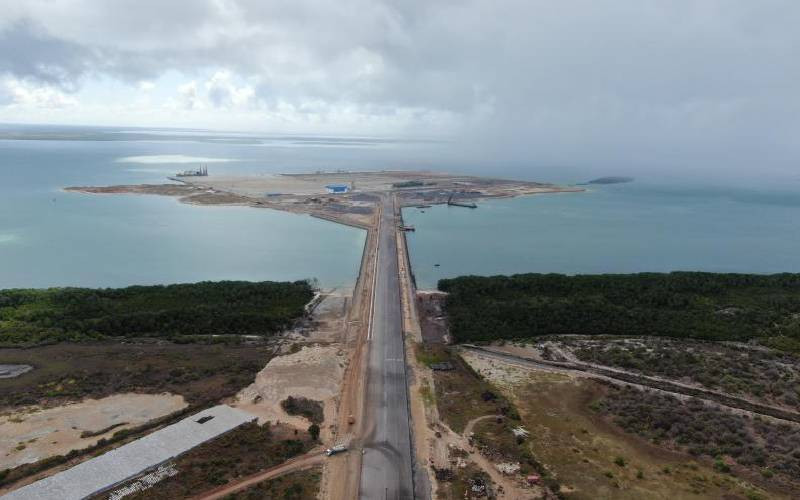Different sections of the Lamu Port including the container terminal, quayside, cause way leading to the main port area. [File, Standard]
×
The Standard e-Paper
Stay Informed, Even Offline

The African Union's flagship Agenda 2063 initiative prioritises large-scale infrastructure development and promises to "link the continent by rail, road, sea and air".
This is being undertaken in parallel with efforts to improve economic integration. In 2021, the 54 countries on the continent made history when they began trading within the African Continental Free Trade Area (ACfTA). It is the largest free trade area in the world.